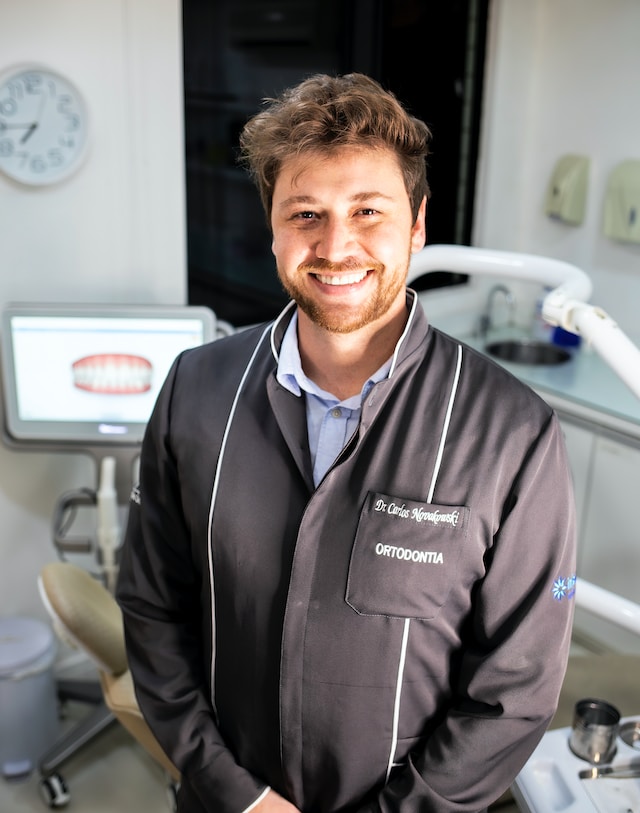Tooth extractions are necessary when other treatment options cannot correct severe decay, damage, or crowding. They may also be recommended before orthodontic treatments like braces to make room for shifting teeth.
Preparing for tooth extraction is essential to minimize discomfort and promote proper healing.
How to Prepare
Before your extraction, the dentist will want to know about any health conditions that may increase your risk of infection or make it harder to heal. This includes a history of high blood pressure or cerebrovascular disease, increasing stroke risk. It’s also important to tell your dentist about any allergies or medications you take, including supplements and over-the-counter drugs.
You should eat soft foods during the healing process and rinse gently with saline solution or salt water. It’s best to avoid foods with hard, sticky, or crunchy textures that can get stuck in the blood clot and cause infection.
After removing your tooth, the dentist or oral surgeon will put a piece of gauze over the wound and apply light pressure. Bite down on the gauze as directed to control bleeding and prevent complications, such as dry sockets. To prevent pain, it is crucial to refrain from using straws or smoking as they can disturb the blood clot.
Preparing for the Anesthesia
Dental professionals often perform tooth extraction as a routine procedure for various reasons. Removing a severely damaged or decayed tooth that cannot be repaired may be necessary. A tooth can also need to be removed to make room for other teeth, as when a baby tooth has not fallen out in time and is crowding the other adult teeth.
During the procedure, your dentist or oral surgeon will administer anesthesia to ensure you do not feel pain during tooth extractions Kansas City MO. It is essential to disclose your medical history to your dentist before the procedure, as certain health conditions or medications could increase your risk of complications.
After tooth extraction, eating soft foods and drinking only water until the anesthesia wears off is essential. After tooth extraction, it’s crucial to refrain from using straws or smoking. These actions can disrupt the blood clot in the extraction area, leading to a painful condition called dry socket. Avoiding these activities to ensure a smooth and comfortable healing process is best.
What to Expect
Removing a tooth is never ideal, but it’s often the best option for overall health. The good news is that modern anesthetic and sedation make the procedure much less problematic than it once was.
Once your dentist has numbed the area, they’ll use dental forceps to gently rock and loosen the tooth from the bone and ligaments that hold it in place. They’ll also cut away any gum tissue covering the site. A dentist or oral surgeon may need to stitch the site, but these stitches are usually self-dissolving.
Expect some bleeding after the extraction and swelling in the affected area. Try to rest and limit physical activity after the surgery. Avoid rinsing or spitting forcefully, as this can dislodge the blood clot that forms in the tooth’s socket. Also, don’t smoke or drink through a straw, leading to dry sockets. Take any prescribed or over-the-counter pain relievers as directed.
Post-Extraction Care
After the procedure, it is normal to experience pain, soreness, and swelling. Medications the dentist has given you and cold or ice applications can reduce these symptoms.
Eating only soft foods, starting with soups and mashed potatoes, is essential. Avoid chewing on the extraction site; do not spit or rinse for at least a day. This is because the site needs to clot correctly. It is also important to attend follow-up appointments to monitor the healing.
The swelling after a tooth extraction is called edema, which usually takes up to 10 days to go down. NSAID painkillers, ice packs, and saltwater rinses can all help reduce it. Monitoring the swelling is also a good idea; if it does not come down, contact your dentist. They may need to prescribe a more potent anti-inflammatory medication.




